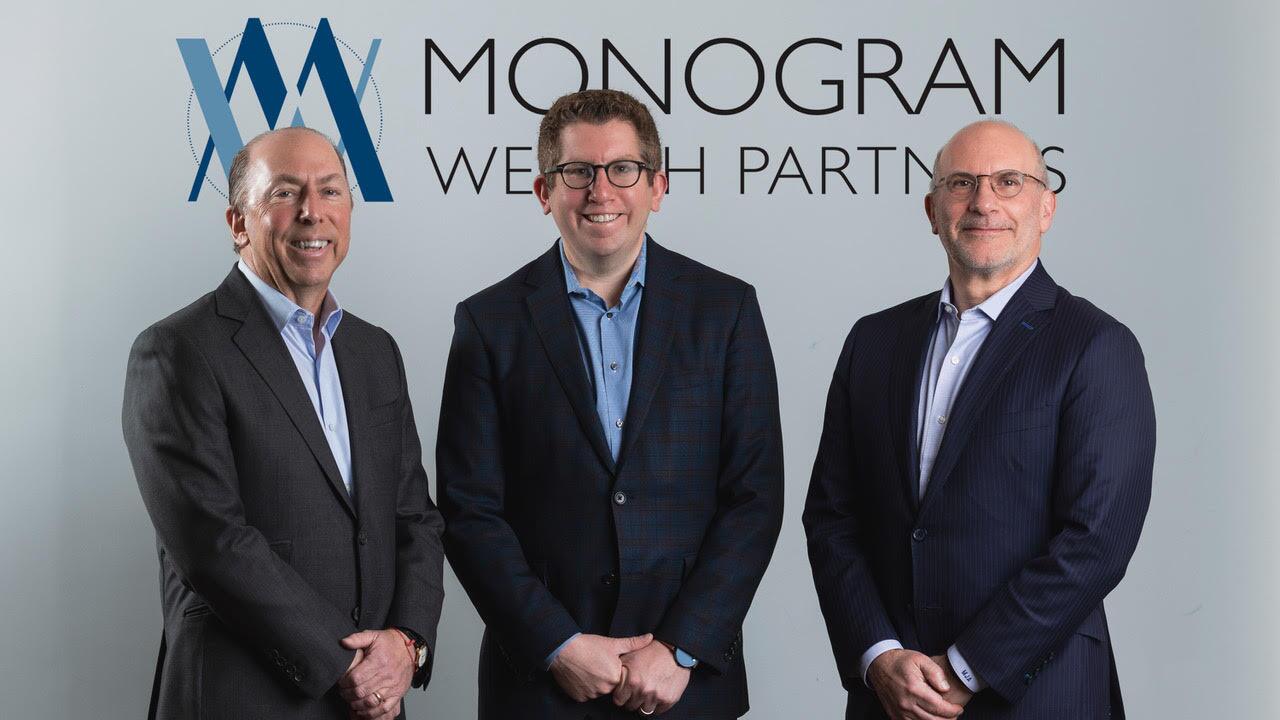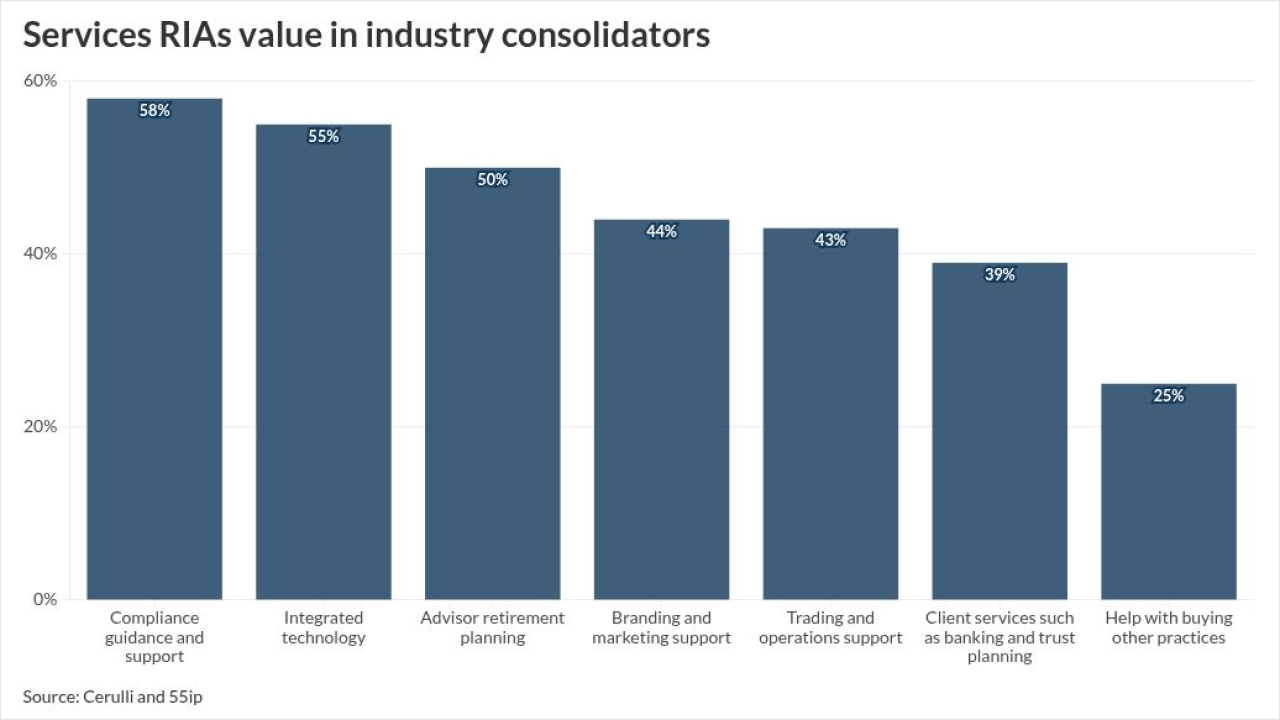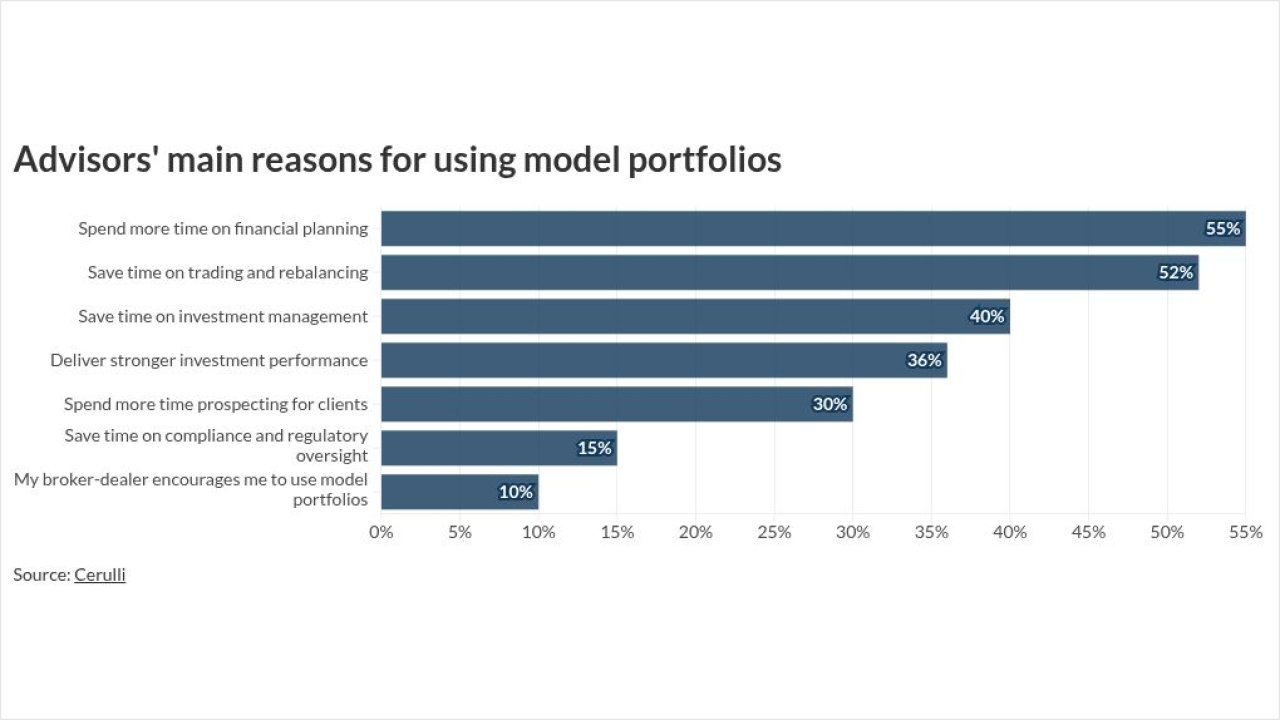This is a story that relies on somewhat outdated stereotypes, but it makes a needed point: A husband comes home from a day at work to find his wife lying on the couch, staring idly at the television with the remote in her hand. The toddler is wearing a diaper that, judging by the fragrance, desperately needs changing. The sink is full of dirty dishes, and the school-age kids are complaining of hunger. There's a pile of dirty clothes in one corner, and the cat is meowing loudly over an empty food dish.
"What's going on, honey?" the man cries. "This place is a mess!" His wife looks up at him from the couch. "You know how you're always asking me what I do around here all day? Well, just for today — I didn't do it."

As Joni Mitchell sang, it is too often the case that "You don't know what you've got 'til it's gone." This can certainly be true of our client relationships. If advisors aren't making it clear, day in and day out, that we're adding real value —
To help avoid that, we need to systemically remind clients that if we stop doing what we do, the condition of their financial household could begin to deteriorate.
Regret-based learning
Back in 2008, as the implications of the financial crisis and
Now, this wasn't an uncommon reaction to what was going on at the time. Like many of us, I was spending a fair amount of time on the phone and in person, counseling clients to "stay in their seats," to trust the markets, to allow events to play out, believing that somehow the resilience of the markets combined with the ingenuity and determination of the American people would begin to reassert themselves and get things back on a more encouraging track.
READ MORE:
But Skip couldn't be reassured. He pulled almost all of his holdings from the firm and basically went to cash "to let the dust settle." When that time came he would, he assured me, "get back in."
Time passed. The markets did, indeed, begin to recover, albeit gradually. And at the same time, as we remember, interest rates went about as close to zero as they've ever gotten in this country. This meant, of course, that Skip's cash and near-cash holdings weren't doing much for him. I stayed in touch with him, periodically "taking his temperature" to see if he was ready to redeploy his assets in a way that would help him build wealth for the future. But Skip never thought the time was right. There was still too much uncertainty, he believed, and he continued
More time passed. We saw the S&P 500 begin a march from close to 1,000 in 2009 to a pre-pandemic peak of almost 4,000 — the longest bull market in history to that point. And as the index ticked higher — admittedly, with a number of dips and dives along the way — I stayed in touch with Skip, suggesting that if he continued to wait for "the perfect moment" to get back into the financial markets, he could be depriving himself of an opportunity for potential growth in his portfolio.
Then,
READ MORE:
Finally, Skip got back in touch. "Kimberly, I missed one recovery; I don't want to miss another one," he said. "I'm ready to get back in the markets." Even at this point, there was still some hesitation. Skip would eventually watch the S&P 500 climb from its pandemic low of around 3,100 to nearly 3,500 before he would permit me to establish a diversified portfolio of equity and fixed-income holdings. And even then, as the inevitable volatility continued, he still periodically questioned the wisdom of "staying put," as I continually advised him to do.
Making it real
Finally, I figured out how to "make it real" with Skip. One day, when he was fretting about the markets and wondering if he should "take some cash out," I showed him the fee he was paying me. "This is what it's costing you to have me as your advisor," I told him. Then, I calculated the opportunity cost he had incurred by going to cash, all the way back in 2008, when he abandoned the markets for cash.
"If you had remained invested back then, as I advised, the funds you pulled would have been worth this amount in 2019, at the market peak." I pointed to the number and made him read it aloud to me. It was significantly more than the amount he had brought back to the market, a few months before. "And today, if you had left those funds invested according to the plan we had in place, they would be worth this much." I pointed to a second number (larger than the first) and again asked Skip to read it out loud.
"Now," I said, "since you know this, how much has my advice really cost you? Would you say that my fee, when compared to the results you've achieved without my guidance, is a worthwhile expense?"
Personal CIO
Annual improvement in portfolio performance provided by professional financial advice was pegged at 3% to 5% annually by
READ MORE:
By serving as their personal "chief investment officer" we help relieve clients of the burden and stress of making important strategic and tactical decisions in the absence of up-to-date information and industry research. The payoff is a more satisfied, confident client.
According to
As we work with our clients, we owe it to ourselves and to them to keep these benefits front and center. The object is not to toot our own horn. Helping our clients remember why they chose us benefits everyone by keeping the main goal in focus: providing clients the value they need in exchange for our valuable service.





